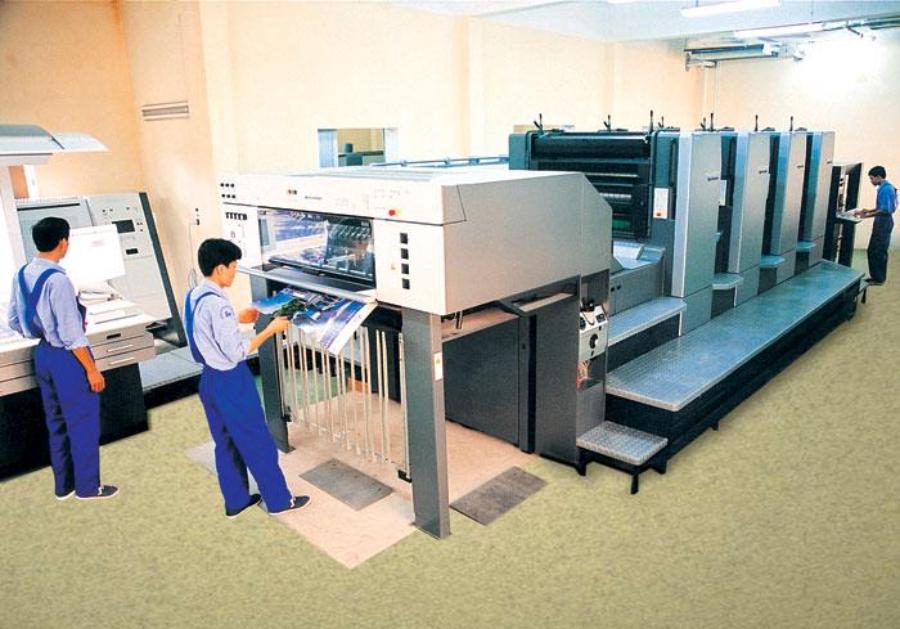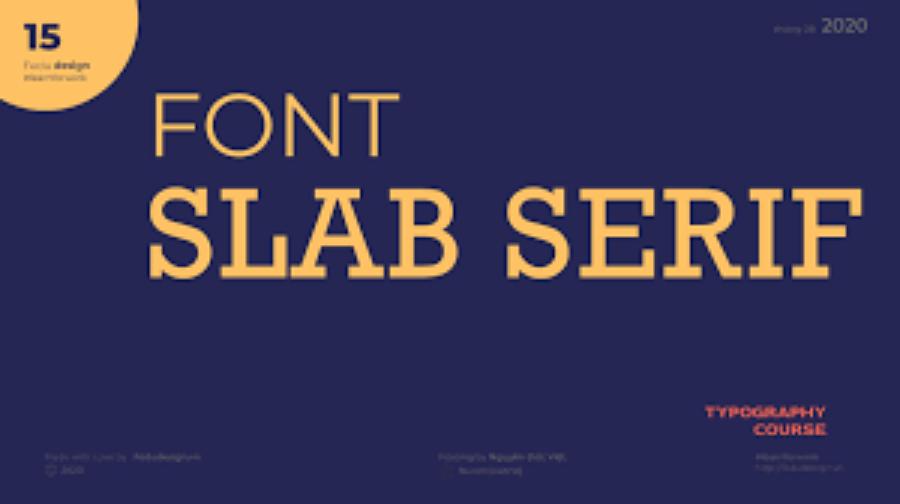Best Selling Products
Offset Printing Technique: Definition and Outstanding Advantages
Nội dung
- 1. Find out what Offset Printing is?
- 2. Offset printing process
- 3. Advantages of Offset Printing
- 3.1. Outstanding print quality
- 3.2. Cost savings for bulk orders
- 3.3. Fast printing speed
- 3.4. Ability to print on a variety of materials
- 3.5. Ability to print fine details
- 3.6. Easy color adjustment and quality control
- 3.7. Durability of printed products
- 3.8. Minimize waste of ink and paper
- 4. Common applications of Offset Printing
- 5. Conclusion
Offset printing is a popular printing technique with sharp image quality, cost savings and the ability to print on many materials. Learn about the outstanding advantages of offset printing in this detailed article.

Offset printing is one of the popular printing technologies and is widely used in the modern printing industry. With the ability to reproduce high-quality images and save production costs, offset printing has been dominating many fields, from advertising printing to packaging printing. In this article, sadesign will help you understand offset printing, from the operating principles to the outstanding advantages that this printing technology brings.
1. Find out what Offset Printing is?
Offset printing is a printing technique commonly used in the commercial printing industry. It includes products such as books, newspapers, magazines, brochures, packaging and many other types of publications. The principle of offset printing is based on the transfer of ink from the printing plate to a rubber blanket before printing on the surface of the paper or printing material. This process helps to reproduce images and text with sharpness and accuracy.
.jpg)
The image on the print is created using oil-based inks, while the non-printed part will not absorb ink due to its hydrophobic properties. The image from the print will then be transferred to a rubber blanket before being applied to the surface of paper or other materials. Offset printing is considered a fast and efficient printing technology, suitable for large quantity orders. Compared to other printing methods such as digital printing or screen printing, offset printing provides more stable print quality and lower production costs when printing in large quantities.
2. Offset printing process
This process protects the print surface and makes it possible to print on a wide variety of materials, from regular paper to glossy, thick paper or even plastic and metal. To better understand how offset printing works, let’s take a look at the basic steps in the process:
Plate preparation : Plates are created from materials such as aluminum or steel, with the image printed in a block-type manner, printing only on areas that have been treated to receive ink.
Ink transfer : The ink is transferred from the printing plate to a rubber blanket, called an ink transfer plate.
Printing on paper : The rubber plate, after being coated with ink, will contact the paper, transferring the ink onto the paper surface evenly and sharply.
Ink drying and finishing : The ink is dried, and the printed product can be further processed such as cutting, binding, packaging processing, etc.
3. Advantages of Offset Printing
.jpg)
Offset printing has many outstanding advantages that make this technology popular in the printing industry. Below are some reasons why offset printing has become the top choice for many businesses.
3.1. Outstanding print quality
Offset printing stands out for its ability to reproduce high-quality images. Thanks to the use of a soft rubber plate, this technique helps the ink to be evenly and accurately distributed on the surface of the material, providing true and clear colors. Whether it is detailed images or small texts, this printing technique always ensures clarity and sharpness. The colors on offset printed products are also very accurate and stable, which is especially important for printed products that require high color accuracy such as catalogs, brochures or product packaging.
3.2. Cost savings for bulk orders
One of the biggest advantages of offset printing is its cost-effectiveness when printing large quantities. Although the initial investment in machinery and technology may be high, the cost per unit printed will decrease significantly as the number of products increases. This saves printing costs and increases competitiveness in industries that require high-volume production such as book, newspaper or product packaging printing.
3.3. Fast printing speed
.jpg)
With modern technology, offset printing machines can operate at high speeds, meeting large production needs in a short time while maintaining stable quality. Modern offset printing machines can print thousands of prints in an hour, helping businesses quickly meet production requirements. This is especially important in advertising campaigns or urgent printing occasions, when time is of the essence.
3.4. Ability to print on a variety of materials
Unlike some other printing techniques that are limited to paper, offset printing can be applied to a wide variety of materials. Including paper, cardboard, and special materials such as plastic or fabric. This allows this printing technology to be applied to many industries and produce diverse products such as packaging, carton boxes, labels, calendars, posters, and other advertising printed products.
3.5. Ability to print fine details
With its ability to reproduce fine detail, offset printing is suitable for products that require high detail, such as illustrations, maps, or fine art prints. Offset printing can maintain a very high level of accuracy even when printing the smallest details.
.jpg)
3.6. Easy color adjustment and quality control
One of the most important factors in the offset printing process is the ability to control color quality. Modern offset printing machines allow for easy adjustment of ink color, helping to ensure that printed products always have consistent and accurate colors according to customer requirements.
3.7. Durability of printed products
Offset printing provides printed products with high durability, no fading or fading after a long time of use. Especially for publications such as books, magazines, or product packaging that need to keep the color for a long time, offset printing will ensure the durability of the color and image.
3.8. Minimize waste of ink and paper
Another advantage of offset printing is the ability to use ink and paper efficiently, minimizing waste. During the printing process, ink is used very sparingly, and only a small amount of ink is exposed to the paper with each print. This reduces material costs and increases sustainability in the production process.
4. Common applications of Offset Printing
.jpg)
Offset printing is widely used in many fields, including:
Book and magazine printing : Ensure sharp, clear image and text quality, while saving costs for large quantity printing orders.
Packaging printing : Production of carton packaging, paper boxes, labels with high precision in color and detail.
Advertising Printing : Print brochures, catalogs, flyers, posters, and other advertising publications with vivid and clear colors.
Calendar and stationery printing : Printing calendars, notebooks, letterheads and other stationery products with high durability and consistent colors.
5. Conclusion
Offset printing is a powerful and flexible printing technology, with many outstanding advantages to meet the printing needs of businesses in many different fields. From superior print quality, cost savings, to the ability to print on a variety of materials, offset printing not only brings sharp printed products but also helps to minimize waste and ensure high durability. With these advantages, offset printing will continue to maintain an important position in the printing industry, meeting all the requirements of customers and businesses.












































